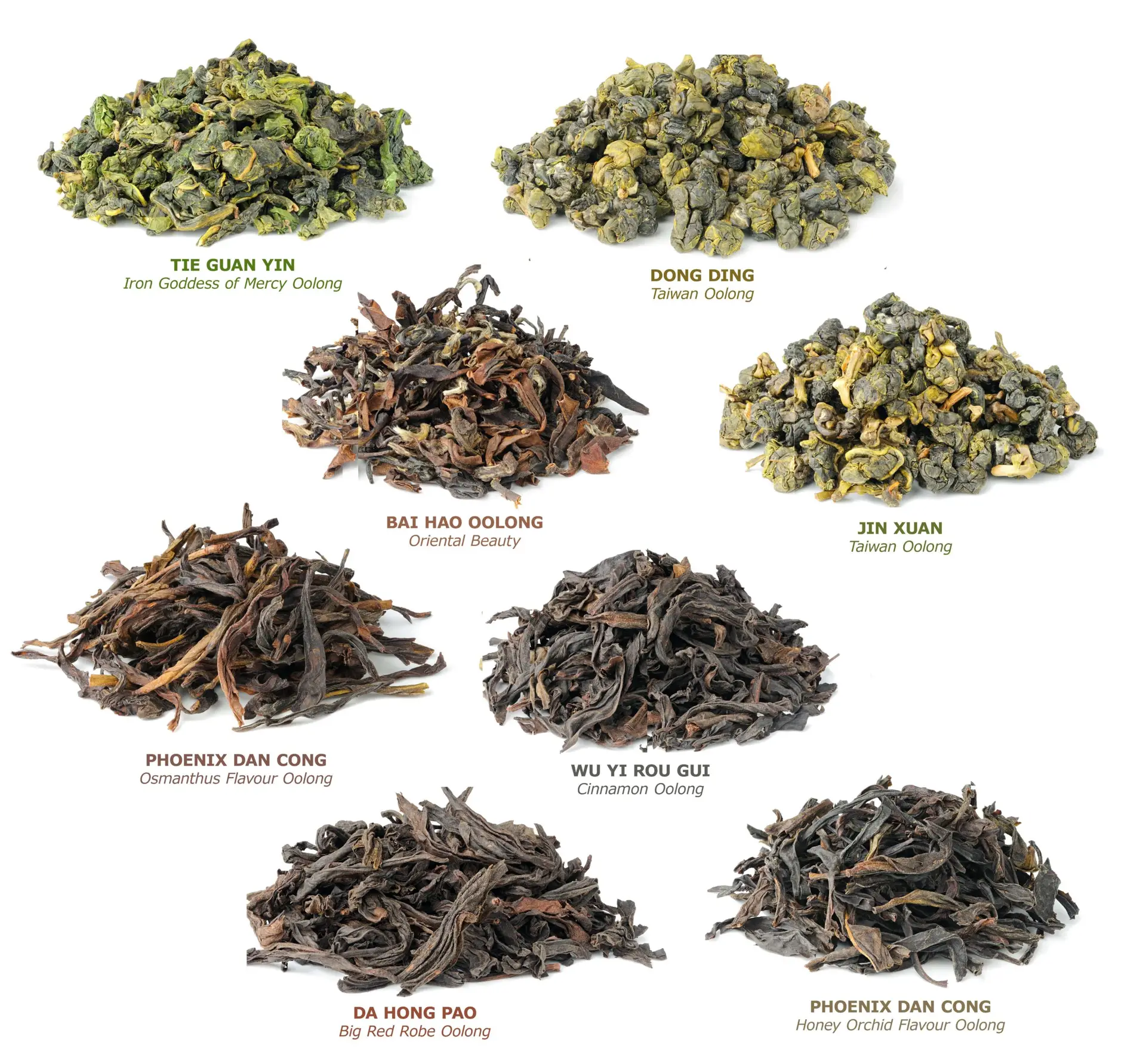We cannot ‘spare’ tea from the hot debate on the devastating consequences of climate change. That’s because the climatic effects are already present in many tea-producing areas and can be noticed in our cuppa too.
The problems
Let’s start by explaining why tea is vulnerable to climate change. That’s due to the nature of the existing tea plants. We know that the tea plant is perennial. Many plants currently harvested have been developed many years ago to adapt to a certain climate. But given that climate has changed so much since then, those plants struggle to cope with the resulting stress. Hence, the future tea plants have to be adapted to this new climate reality.
Uneven rainfall, prolonged droughts and fluctuating temperatures are causing stress on plants. Severe droughts reduce the number of buds, the moisture in the plant and intensify the taste and aroma of the tea. Excessive rain has the opposite effect – namely a diluted taste and aroma as well as reduced health components. Warm weather causes tea harvests earlier than normal, which means that the plant has accumulated fewer nutrients than, otherwise, would have.
A secondary effect of these phenomena is the increase in pests, harmful weeds and insects. Another factor, although not so much related to climate change, is deforestation. According to the Ethical Tea Partnership, it exacerbates the effects of climate change.
The consequences
A report from the UK charity Christian Aid found that the taste, aroma and health benefits of our teas are being distorted by extreme weather conditions. That’s because the weather is affecting crop yield, the quality and the chemical composition of tea leaves. In the coming 30 years, we are likely to have fewer areas that grow tea.
According to research by S Layomi Jayasinghe and L. Kumar, they estimated that Kenya’s optimal habitat for tea growing will reduce by 26% by 2050. That should be a concern for UK consumers since Kenya is our main source of tea.
Producers in India’s Assam and Darjeeling regions are also facing similar challenges. According to a study, the production of Darjeeling tea stood at 11.29 million kg in 1994 but dropped to 8-8.5 million kg in 2018.
The direct impact for us consumers is likely to be teas of lower quality but highly-priced or even tea shortage. Beyond that, the livelihoods of tea producers and other people employed in the tea industry are also suffering. Many of them are abandoning tea growing and pursue other crops or even move to the city in search of a better life.
The solutions
I’d like to cite the assertive words of a small tea farmer in Kenya: ‘We small scale farmers cannot fix this problem ourselves. This needs a joint effort from developed countries that enjoy our tea abroad. Tea is an example of how we are all connected. We grow it here in Kenya and it’s enjoyed by people around the world. But if we are to carry on growing it we need those other, richer countries, to cut their emissions and to think about how we are affected as tea farmers.’ (Source: Christian Aid report)
What farmers are doing
Agile farmers with extensive ecological knowledge[1] have engaged in a series of dynamic actions to adapt their tea plants to cope with the effects of climate change, such as:
- Growing new plants from seeds (instead of cuttings) that will have deeper roots and hence better access to water and nutrients.
- Where possible, planting tea higher up in the mountains where the terroir is more propitious to growing tea more resistant to climate change.
- Growing shade trees and shrubs in areas with strong sunshine.
- Installing irrigation systems in areas with frequent droughts.
- Using ‘friendly’ weeds that help retain water and preserve the soil.
- Developing new ways to deterring harmful insects from attacking the plants.
- Altering the processing of some teas. For instance, teas historically made as green teas are now being processed as oolongs or black teas.
What relevant NGOs are doing
Rainforest Alliance is supporting farmers by training them in climate-smart agriculture techniques. Ethical Tea Partnership has also been helping by given access to farmers to new tea clones, which are better adapted to suit future conditions.
I am hopeful that all this work will help us avoid running out of our precious teas.
What consumers can do
I’d like to end with a few personal thoughts about what we, consumers, can do to continue enjoying our precious beverage. We should:
- Buy from small tea farmers to encourage them to continue making tea. ‘Instead of promoting big agri-business, we need to promote producers with heart’ – perfectly said by a Japanese tea farmer cited in Dr S Ahmed in her research article.
- Buy sustainable tea, e.g. teas minimally packaged or whose packaging contains degradable materials and tea made by farmers who employ eco-friendly farming practices.
- Don’t let price be your key factor when buying tea. Buy quality instead and always go for loose leaf tea.
References
In this article, I wanted to summarise the key aspects of this topical matter. But there is so much more going on. For further information, please refer to the sources listed below:
- https://www.christianaid.org.uk/sites/default/files/2021-05/Reading-the-tea-leaves-Climate-change-and-the-British-cuppa.pdf
- https://sites.tufts.edu/teaandclimatechange/files/2014/07/Tea-and-the-Taste-of-Climate-Change.pdf
- https://www.mdpi.com/2073-4395/10/10/1536
- https://www.youtube.com/watch?v=zbO0OhOn2pg
- https://www.youtube.com/watch?v=KpxG5p1wASg
- https://www.youtube.com/watch?v=LR7OS04RbEg
[1] Ecological knowledge refers to understanding how the tea’s flavour, aroma and health benefits vary depending on the plant’s terroir and use that understanding to adapt the final product to satisfy consumer demand.


